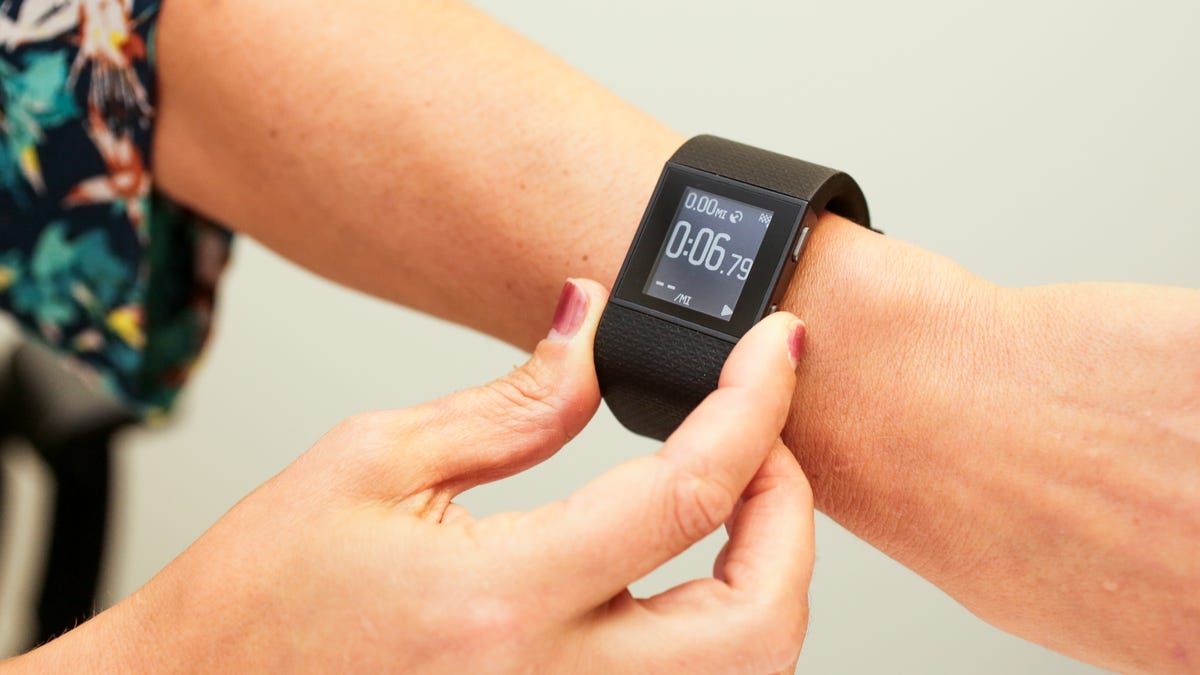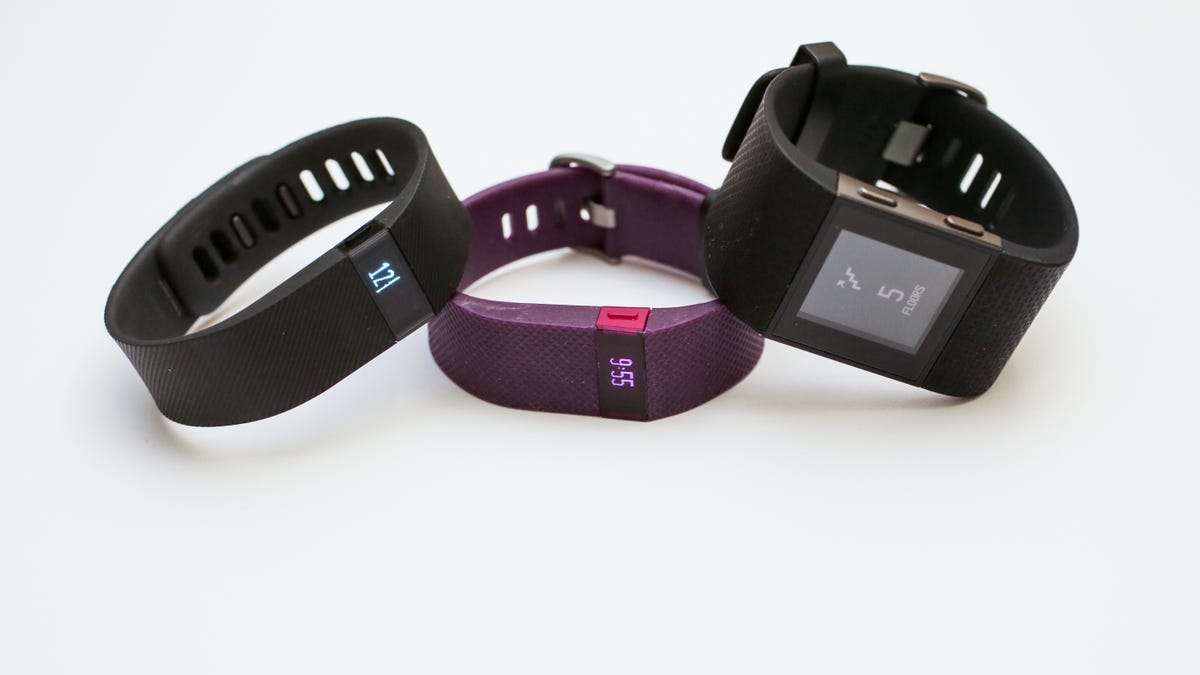
Sarah Tew
Fitbit, a leading maker of wearable activity trackers that count steps and track sleep, isn’t saying much about its ongoing dispute with Apple.
Earlier this month, a report claimed Apple plans to remove Fitbit products from its physical retail stores. The reason: Fitbit said it would not immediately integrate with the iPhone maker’s new HealthKit data-sharing platform for wearable apps and devices. Apple launched HealthKit in September alongside its iOS 8 mobile operating system for mobile devices.
Fitbit released a statement Monday reaffirming it’s keeping distance from Apple’s newest initiative.
“For the past few years, we’ve been the leader in developing direct partnerships through our open API,” the company said, adding that HealthKit is “really interesting to us.” However, Fitbit is still not on board, citing HealthKit’s lack of compatibility with Google’s Android mobile operating system as its reason, something that Apple is unlikely to change.
“Since its announcement, we’ve been evaluating integration with HealthKit as more of its features and benefits are revealed,” the company added. “Fitbit remains committed to supporting all of our users, whether they sync their Fitbit products with iOS, Android or Windows Phone devices, Macs or PCs.”
HealthKit is just the latest example of escalating tension between the two companies. In September, the iPhone maker announced its Apple Watch, a wearable gadget designed to mirror many functions of activity trackers like Fitbit’s Flex wristband. Due early next year, the device will also include a color screen, heart-rate monitor and deep integration with iPhone software, features lacking from Fitbit’s current lineup.


CNET
Apple’s software companion, HealthKit, is a way for both the Apple Watch and app developers to sync, access and share health and fitness data with other companies across the entire iOS operating system. Apple also offers a Health app, which acts as a central hub to read all this information.
While Apple has signed up wearable device and fitness app makers like Withings, Jawbone, WebMD and MyFitnessPal, Fitbit announced earlier this month that it didn’t immediately plan to integrate with HealthKit, citing lack of availability for Android users as a primary reason. Apple declined to comment about vendor partnerships last week when asked about removing Fitbit products from its retail stores, but it has since removed Fitbit from the “Apps for Health” section of the iOS App Store.
Apple did not immediately respond to a request for comment for this story.
See also: Hands-on with Fitbit’s new wearables
Fitbit appears to have plans of its own. The company announced a new lineup of devices on Monday at a time when more consumers appear more willing to buy high-price wearables that do more than count steps.
The Charge and Charge HR, at $130 and $150 respectively, are redesigned products based on a discontinued wearable device called the Force. That gadget, announced in October 2013, was effectively a wristband with an included screen that displayed the time. Fitbit pulled the Force from stores in February after early customers reported skin irritation issues that led to a recall.


Sarah Tew/CNET
The company also announced a third, more expensive gadget called the Fitbit Surge. This device is a $250 smartwatch with heart-rate monitoring technology called “PurePulse.” The Surge appears meant to compete against the upcoming Apple Watch, in particular, with features like built-in GPS tracking technology for maps and directions that will work separate from a smartphone, allowing users to leave their phones behind in certain situations like exercising and running. Apple’s device requires a more consistent connection with an iPhone to work.
Fitbit’s device will also last around five days on a charge, besting Samsung, Motorola and LG, whose devices tend to last less than a day and sometimes die out after around 12 to 15 hours of use , according to reviews from CNET’s Scott Stein . Apple hasn’t said how long its device will last on a battery, but analysts expect it to last about a day.
Staying afloat as Apple arrives
Fitbit’s products are the most visible wearables on the market. Fitbit was founded in 2007, giving it a head start against rivals Jawbone and sportswear giant Nike. Fitbit also landed in retail stores early on, including Apple’s physical stores, and is now sold in 37,000 retail locations worldwide, the company says. That reach has given Fitbit a stronger presence than other wearable makers at the time to help compete against established exercise and workout watch and gadget makers like Garmin.
Fitbit was quick to respond last year to the arrival of Jawbone’s UP wristband and Nike’s high-profile FuelBand with its own Flex activity tracker. Fitbit’s success has rested on discrete, no-frills design and low prices. Its clip-on Zip tracker costs $60 and the Flex sells for $100, at least 23 percent cheaper than Jawbone’s offering and Samsung’s Gear Fit wristband.
Meanwhile, established tech companies such as LG and Motorola and smartwatch startup Pebble have begun fielding more expensive wearable products with larger screens that mimic smartphone functions. But customers are flocking to Fitbit. The startup represented 70 percent of the 3.3 million fitness bands sold between April 2013 and March 2014, according to market researcher NPD Group.



